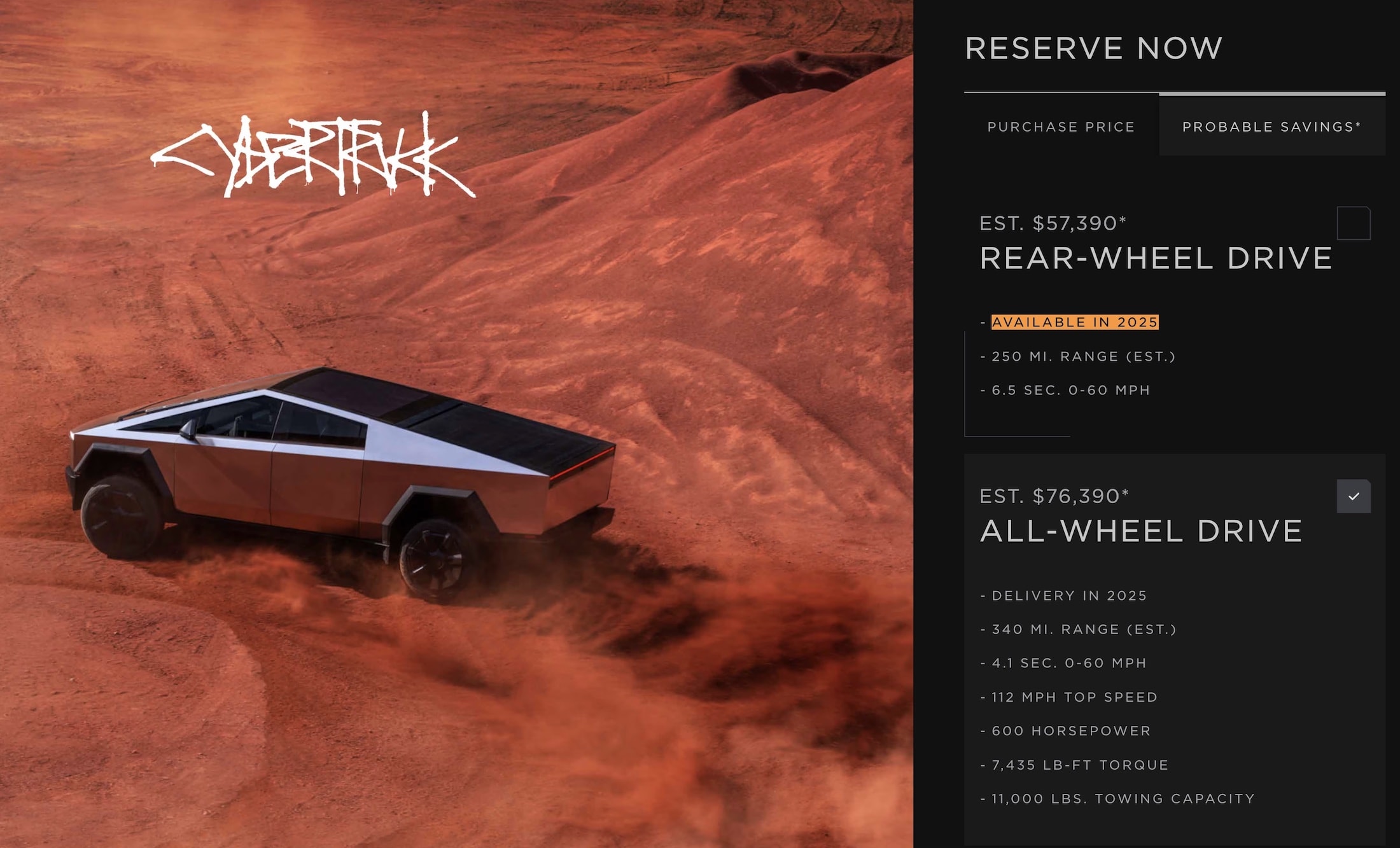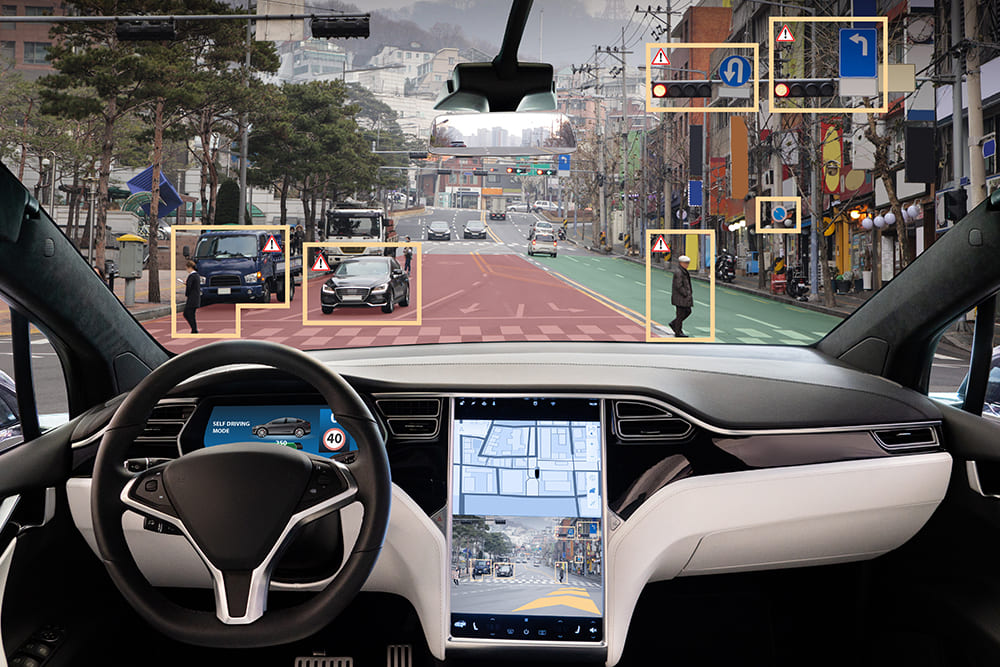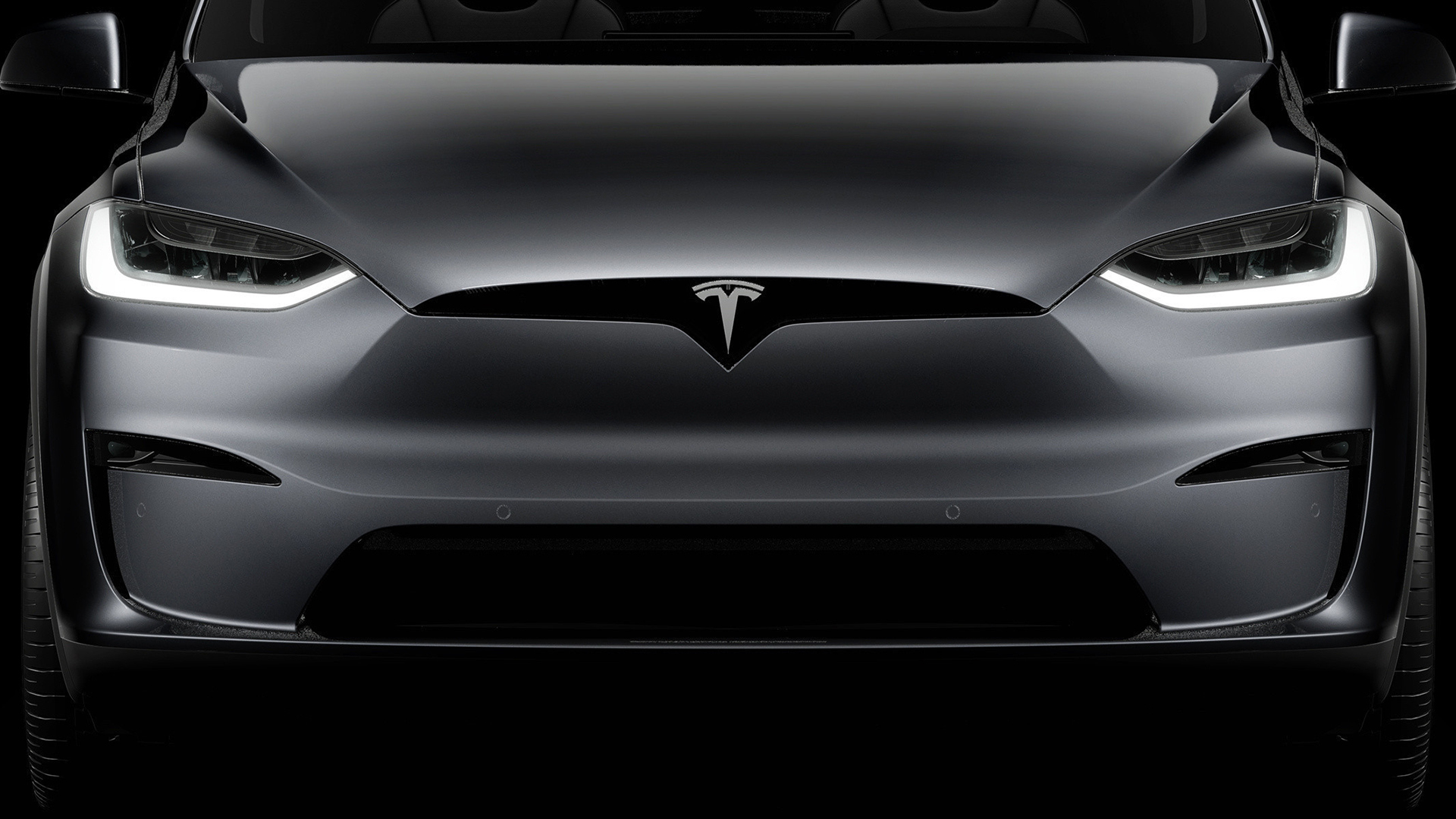Forget robotaxi fleets for now – there aren’t any truly driverless cars available to consumers, only test vehicles from companies like Waymo.
But Tesla is enthusiastic about revealing their own robotaxi this August. Elon Musk even made a bold prediction in 2020 that Tesla would have a million of them on the road by then.
Needless to say, the future hasn’t arrived yet. Despite several hardware upgrades on their cars with “Full Self-Driving” capabilities, Tesla still hasn’t cracked the self-driving code.

Critics point to software limitations or a lack of advanced sensors as potential roadblocks.
Here’s the hitch: almost a decade of work later, it’s 2024 and Tesla is still struggling with self-driving tech. Sure, they’ve made some progress but their cars aren’t quite ready to navigate the world on their own (due to the occasional curb bump).
So, can Tesla really deliver a robotaxi this year?
Time will tell.
How can something be fully self-driving and require supervision at the same time?

Tesla has always maintained that their system is a Level 2 driver assistance feature, despite the misleading “Full Self-Driving” label.
To make matters even more confusing, Tesla hasn’t logged any autonomous testing miles in California during 2 all while planning to announce a robotaxi in just a few months. This lack of on-road testing is fueling skepticism from critics who doubt Tesla’s self-driving claims and Elon Musk’s credibility.
The pressure is on, as Tesla recently faced tough questions about liability during their earnings call, especially after Mercedes-Benz took responsibility for accidents involving their Level 3 system.

